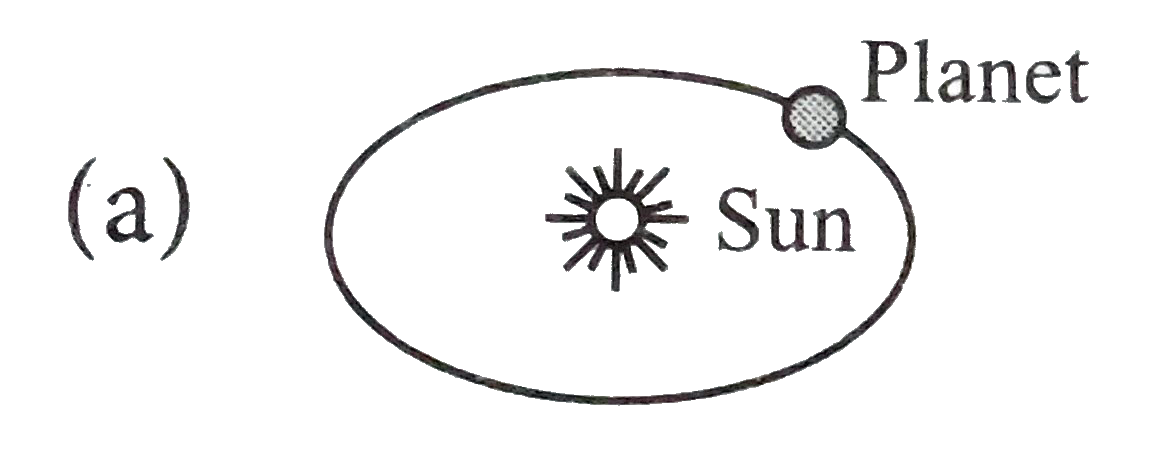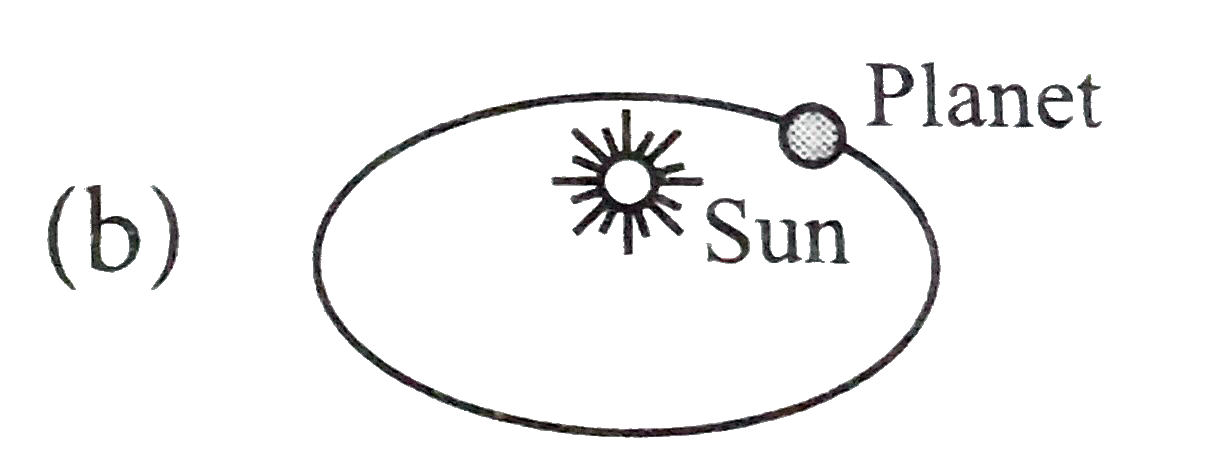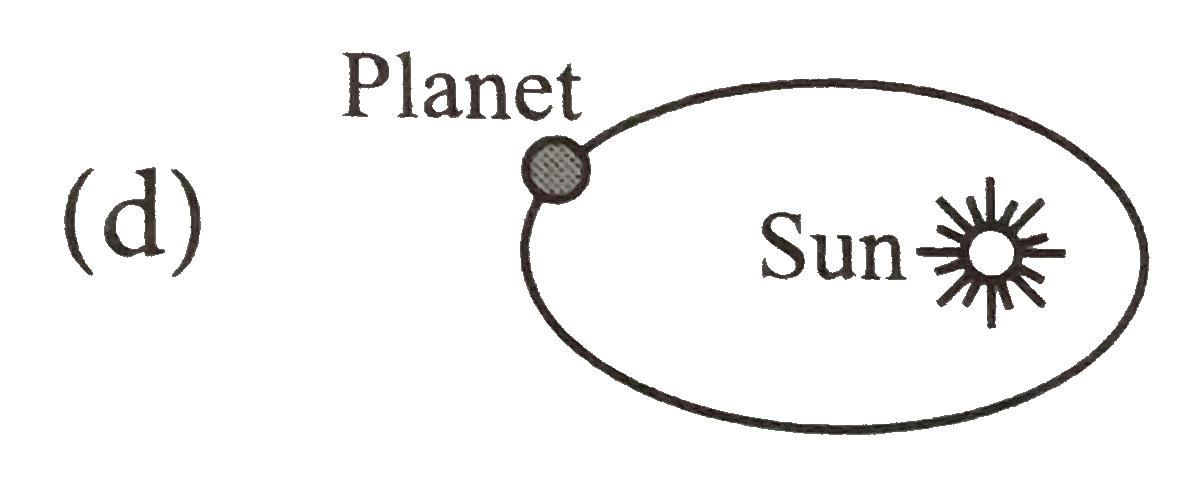Which of the following orbits is a possible orbit for a planet?




The correct Answer is:D
To determine which of the given orbits is a possible orbit for a planet, we need to apply Kepler's laws of planetary motion, specifically focusing on the shape of the orbits.
1. Understanding Kepler's First Law: Kepler's First Law states that planets move in elliptical orbits with the Sun at one of the foci. This means that the orbit of a planet is not circular but elliptical.
2. Identifying the Components of an Ellipse: An ellipse has two axes:
- The major axis, which is the longest diameter of the ellipse.
- The minor axis, which is the shortest diameter of the ellipse.
The Sun is located at one of the foci of the ellipse, which lies along the major axis.
3. Analyzing the Given Options:
- Option A: The Sun is at the center of the orbit. This is incorrect because the Sun should be at one of the foci, not the center.
- Option B: The Sun is located on the minor axis. This is also incorrect as the Sun must be on the major axis.
- Option C: The Sun is located within the elliptical orbit itself. This is incorrect because the Sun should be at a focus outside the path of the planet.
- Option D: The Sun is situated on the major axis. This is correct because it aligns with Kepler's First Law, where the Sun is at one of the foci of the elliptical orbit.
4. Conclusion: Based on the analysis, the correct option for a possible orbit for a planet is Option D.
- The major axis, which is the longest diameter of the ellipse.
- The minor axis, which is the shortest diameter of the ellipse.
The Sun is located at one of the foci of the ellipse, which lies along the major axis.
- Option A: The Sun is at the center of the orbit. This is incorrect because the Sun should be at one of the foci, not the center.
- Option B: The Sun is located on the minor axis. This is also incorrect as the Sun must be on the major axis.
- Option C: The Sun is located within the elliptical orbit itself. This is incorrect because the Sun should be at a focus outside the path of the planet.
- Option D: The Sun is situated on the major axis. This is correct because it aligns with Kepler's First Law, where the Sun is at one of the foci of the elliptical orbit.
Topper's Solved these Questions
- GRAVITATIONBOOK - NCERT FINGERTPS ENGLISHCHAPTER - GRAVITATIONEXERCISE - Universal law of Gravitations
14 Videos
- GRAVITATIONBOOK - NCERT FINGERTPS ENGLISHCHAPTER - GRAVITATIONEXERCISE - The Gravitational constant
8 Videos
- KINETIC THEORYBOOK - NCERT FINGERTPS ENGLISHCHAPTER - KINETIC THEORYEXERCISE - Assertion And Reason
10 Videos
Similar Questions
Which of the following orbital are and possible ?
2d,4f,4gand6d
View Solutiona. An atomic orbital has n=3. What are the possible values of l and m?
b. List the quantum numbers (mandl) of electrons for 3d orbital.
c. Which of the following orbitals are possible" 1p,2s,2p, and 3f?
View SolutionWhich of the following orbitals are possible ? (2s,1p,3f,2p)
View SolutionWhich of the following orbitals are possible ?
1p,2s,3f,3d
View SolutionWhich of the following orbitals are possible ?
1s,2s,3f,3d
View SolutionWhich of the following angular momentum is not possible for electron in Bohr’s orbit?
View SolutionWhich of the following d-orbitals has donut shape ?
View SolutionWhich of the following complex is an outer orbital complex?
View SolutionWhich of the following combination of orbitals will form a nonbonding molecular orbital ?
View SolutionWhich pf the following orbitals are not possible?
2d,4f,4g and 6d
View Solution
